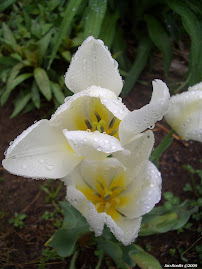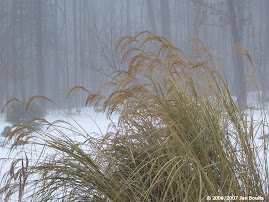When, in disgrace with fortune and men's eyes,
I all alone beweep my outcast state
And trouble deaf heaven with my bootless cries
And look upon myself and curse my fate,
Wishing me like to one more rich in hope,
Featured like him, like him with friends possess'd,
Desiring this man's art and that man's scope,
With what I most enjoy contented least;
Yet in these thoughts myself almost despising,
Haply I think on thee, and then my state,
Like to the lark at break of day arising
From sullen earth, sings hymns at heaven's gate;
For thy sweet love remember'd such wealth brings
That then I scorn to change my state with kings.
William Shakespeare (1564-1616)
Sonnet XXIX
When in disgrace with fortune and men's eye's
PAINTING OF THE WEEK:
The Funeral of Shelley
Louis Edouard Fournier, 1857-1917

Percy Bysshe Shelley, the Romantic poet, drowned in 1822. His yacht was wrecked in a storm in the Gulf of Spezzia, Italy. His body was cremated and his remains later buried at the Protestant cemetery in Rome. Fournier's painting (1889) shows the funeral pyre surrounded by three of the dead poet's closest friends. From left to right they are the author and adventurer Trelawny and Shelley’s fellow-poets Leigh Hunt and Byron. In Trelawny's own account of the event, 'Recollections of the Last Days of Shelley and Byron', he described the hot August day on which the funeral took place. Fournier chose to ignore this aspect of the description. Instead he depicted the weather as grey and cold to accentuate the sombre and dramatic mood of the piece.










